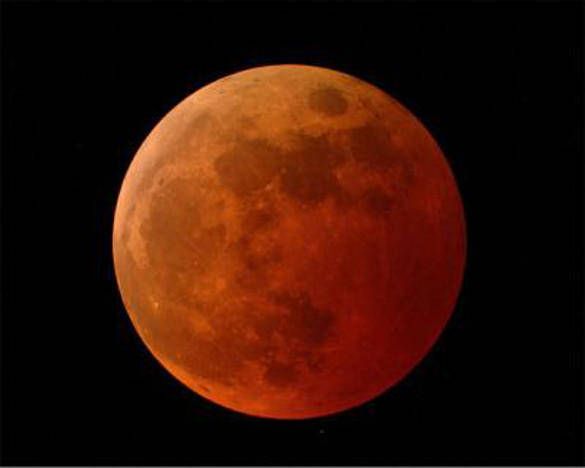You may think it’s too cold to spend much time outside this month, but there’s a must-see event occurring on the early morning of Jan. 31—a super blue moon eclipse. It’s an extremely rare phenomenon. A supermoon, lunar eclipse and blue moon will take place all at the same time. This type of event doesn’t happen very often. The last time it occurred was 152 years ago in 1866.
Unfortunately, only Canadians in the western provinces will bear witness to the event. If you live in Eastern or Atlantic Canada, the moon will set before the eclipse.
The moon will be full and at its closest position to Earth, making it a supermoon. It will be the second moon of the month, making it a blue moon. Usually there is only one full moon per calendar month. Because the moon will be entering Earth’s shadow, it will also cause a lunar eclipse.
Despite its name, the super blue moon eclipse will actually appear coppery red, a trait associated with a total eclipse.
“The red or blood moon is possible because while the moon is in total shadow, light from the sun is filtered through Earth’s atmosphere and is bent towards the moon,” noted the Science Centre Singapore. “As white light from the sun shines through the earth’s atmosphere, only red light makes it through, thus giving the moon a red hue.”
If you want to see the super blue moon eclipse, head outside in the early morning hours of Jan. 31. Those in the pacific time zone will witness the start of the total eclipse at around 4:52 a.m., while the peak will be at 5:30 a.m. It will end shortly after 6 a.m. The eclipse will start at 5:52 a.m. for those in the mountain time zone, reaching its greatest point at 6:30 a.m. and ending just after 7 a.m.
You can see the phenomenon with the naked eye, but binoculars or a telescope would be useful for armchair astronomers.


